They are known for their quality products, and their soldering tips are no exception. In this blog post, we will discuss everything you need to know about Hakko soldering tips.
Most experts will cover the different types of tips available, as well as how to use them properly.
We will also provide some helpful tips on choosing the right tip for your project. So whether you’re a beginner or a seasoned pro, read on for all the info you need on Hakko soldering tips!
Main Features Of Hakko Soldering Tips
Comfort Of Use
The Hakko soldering tips are designed with a comfortable grip handle, allowing for easier use and less hand fatigue during longer soldering projects. And with their durable construction, they can withstand high temperatures and last for a longer period of time.
Precision And Control
These soldering tips feature a slim, pointed design that allows for precise control when applying solder to small and delicate components. This makes them a great choice for electronic projects or detailed jewelry making.
Precise Heat Control
The Hakko soldering tips feature advanced heat control technology, ensuring that the tip heats up quickly and maintains a consistent temperature for precise solder application.
Durable Construction
Made from high-quality materials, the Hakko soldering tips have a long lifespan and can withstand heavy usage in professional settings. Also, Hakko offers replacement tips in various sizes and shapes for specific soldering needs.

Compatibility
Hakko soldering tips are compatible with a wide range of Hakko and other brand soldering stations, further increasing their usefulness in any workspace. The Hakko soldering tips offer comfort, precise heat control, durable construction, and compatibility with multiple soldering stations – making them a great choice for any soldering project.
Tip Size And Style Selection
When choosing the appropriate Hakko soldering tip for your project, it is important to consider the size and style of the tip. The size of the tip should be based on the size and details of the project you are working on. For example, a smaller tip may be needed for intricate circuits, while a larger tip may be necessary for larger solder joints.
The style of the tip also plays a role in successful soldering. A chisel or bevel tip can cover a larger surface area, making it useful for creating wider solder joints. A conical or cone-shaped tip is great for precise soldering on small components or detailed circuits.
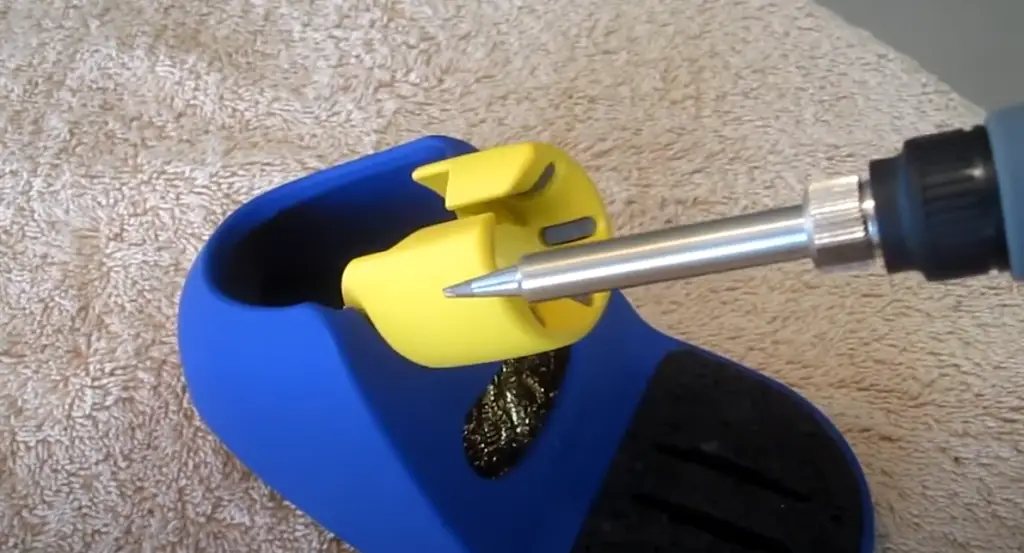
Tip Shape:
- Conical Or B-Series Tips. These tips are perfect for precision soldering on small components such as surface mount devices;
- Chisel Or D-Series Tips. These tips are ideal for soldering larger components or joints. They can also be used for heavy-duty soldering tasks;
- Knife Or K-Series Tips. These tips have a pointed edge, making them great for trimming excess solder or cutting wire. They can also be used for detailed soldering tasks;
- Bevel Or C-Series Tips. These tips have an angled edge, making them useful for soldering in tight spaces or adding solder to connectors;
- Needle Or I-Series Tips. These extremely narrow and pointed tips are perfect for adding small amounts of solder to delicate components;
- I-Series Tips. For lead-free soldering, it is important to use a smaller tip size than with traditional solder. The I-Series tips are well-suited for this task due to their small size and precision;
- R-Series Tips. These curved tips are great for soldering round or circular components, such as capacitors and resistors;
- J-Series Tips. These flat, chisel-shaped tips are perfect for soldering flat components or edges;
- BC/C-Series Tips. These dual-sided tips have a conical tip on one side and a chisel tip on the other, making them versatile for a variety of soldering tasks;
- BCF/CF-Series Tips. These dual-sided tips have a conical tip on one side and a flat tip on the other, making them perfect for soldering both small components and flat surfaces;
- BCM/CM-Series Tips. These dual-sided tips have a conical tip on one side and a knife tip on the other, providing versatility for precision soldering and trimming excess solder;
- SMD: Shape Quad Tips. These quad-sided tips are perfect for soldering surface mount devices, as they can reach all four sides simultaneously;
- SMD: Shape Tunnel Tips. These tunnel-shaped tips are also great for soldering surface mount devices, as they can easily slide over and solder multiple pins at once;
- SMD: Shape Spatula Tips. These flat, spatula-shaped tips are excellent for placing and spreading solder onto surface mount devices;
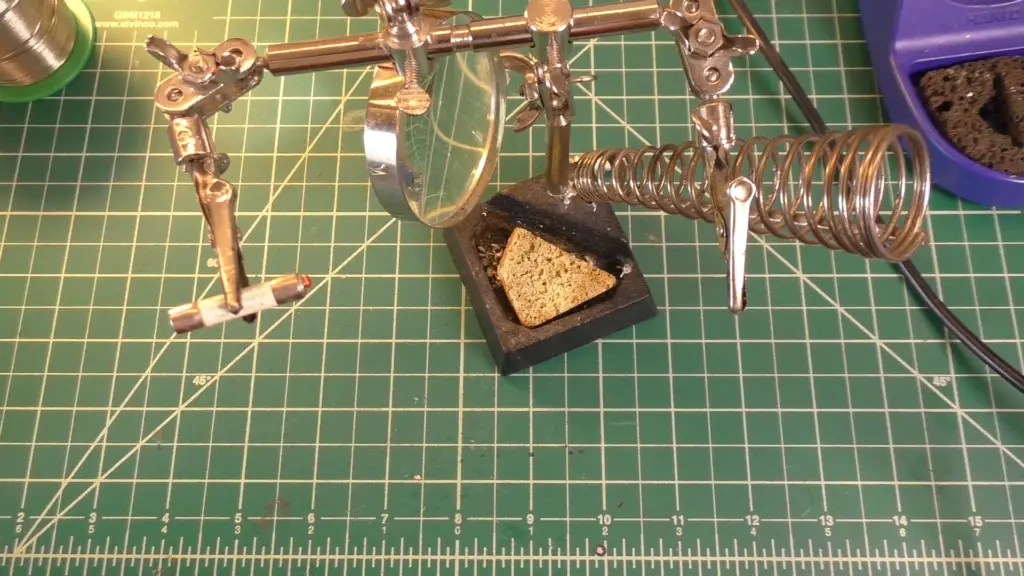
Specialized Tips
There are also tips available for specialized tasks such as soldering conductive ink, lead-free soldering, and rework. Be sure to select a tip that is suitable for your specific task.
The mouthpiece or G-Series tips are great for lead-free soldering, as they have a smaller heat capacity and faster heat recovery time. Additionally, X-series tips are specialized for specific applications such as fine-pitch QFPs or BGA rework.
As a general rule of thumb, it’s always good to have multiple tip sizes on hand to accommodate various soldering needs. Keep in mind that the tip shape and size should match the size and spacing of the components you’re working with. When choosing a tip shape, always consider the task at hand and choose the most appropriate one for the job.
Taking Care Of Hakko Tips
Use High-Quality Solder
Using high-quality solder with a low-residue flux will ensure that your tips stay clean and last longer.
Maintain Optimal Temperature
Using the correct temperature for your Hakko tip is crucial for proper soldering. Too high of a temperature can damage the tip and lead to premature wear. Make sure to check the manufacturer’s recommendations for the appropriate temperature range for your specific tip.
Regularly Clean Your Tips
Regularly cleaning your tips with a damp sponge or cleaning wire will help prevent buildup and maintain their performance. Be careful not to scrub too harshly as this can damage the tip’s coating.
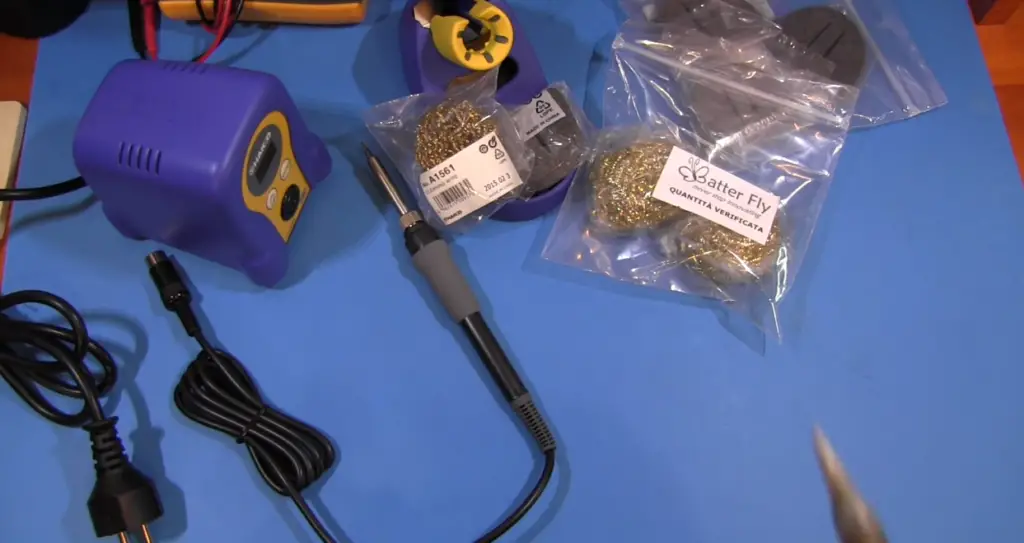
Proper Storage
When not in use, store your Hakko tips properly in a dry environment to prevent rusting or corrosion. Avoid leaving them exposed to excessive heat or moisture.
Clean Soldering Iron Tips Properly
In addition to regularly cleaning your Hakko tips, it’s important to clean the actual soldering iron tip as well. This can be done using a damp sponge or chemical cleaner and then wiping with a dry cloth.
Use Flux To Prevent Oxidation
Using flux when soldering can help prevent oxidation and buildup on the tip, thereby prolonging its lifespan. Make sure to clean off any excess flux after use to avoid contamination.
Tinning Your Tips
Tinning your tips involves coating them with a thin layer of solder, which can improve heat transfer and prevent oxidation. To do this, apply a small amount of flux to the tip and then heat it up before touching the solder to the tip until it is evenly coated. Wipe off any excess flux before using the tip for soldering.
How Do I Keep The Soldering Tip In Good Condition?
It’s important to keep your soldering tips in good shape in order to ensure clean and precise soldering. Here are some tips on maintaining your soldering tip:
- Clean the tip with a damp sponge before and after each use to remove any excess solder buildup;
- Use only enough heat to melt the solder – excessive heat can damage the tip and result in inferior soldering;
- Replace worn or damaged tips immediately to prevent poor soldering results;
- Store your tips properly when not in use to prevent damage or contamination;
It’s important to clean your tip regularly with a damp sponge or brass wool to remove excess solder and maintain a smooth surface for optimum heat transfer. Make sure to turn off the soldering iron and allow it to cool before cleaning the tip, as hot metal can damage the sponge or wool. Additionally, regularly apply a coat of tip tinner/activator to prevent oxidation and improve heat transfer. Replace worn or damaged tips as necessary for safe and efficient soldering.
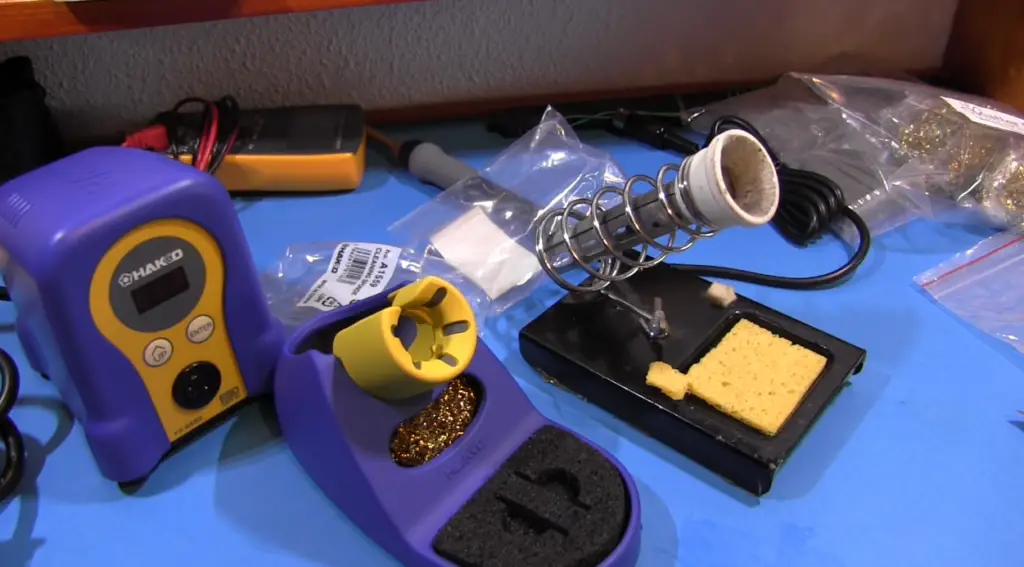
What Cleaning Solutions Are Available From Hakko Tips?
Hakko tips offer cleaning solutions such as the FM-2027 tip cleaner, which is a non-flammable and environmentally friendly paste that can clean the entire soldering surface. They also offer the FR-301 tip cleaner which uses a sponge and cleaner liquid for easy and quick cleaning.
Regularly clean your Hakko soldering tip with one of the cleaning solutions mentioned above. Additionally, make sure to use the correct temperature for your specific solder type and avoid prolonged exposure to high heat.
Lastly, be careful not to apply too much pressure when using your soldering iron as this can cause damage to the tip.
Is There A Correct Method That I Should Always Follow For Tip Replacement?
While there is no one correct method for tip replacement, it does help to follow a few general guidelines:
- First, make sure the soldering iron is unplugged and cooled off before replacing the tip;
- Next, use a damp sponge or cleaning pad to clean off any excess solder on the old tip before swapping it out with a new one. It’s also important to remember that not all tips are compatible with all soldering irons, so be sure to check compatibility before purchasing new tips;
- Additionally, it’s recommended to regularly inspect and clean your soldering tip in order to maintain optimal performance and prevent damage. Periodically wipe down the tip with a damp sponge or cleaning pad while it’s hot, and use a tip tinner or tip cleaner to remove any built-up residue;
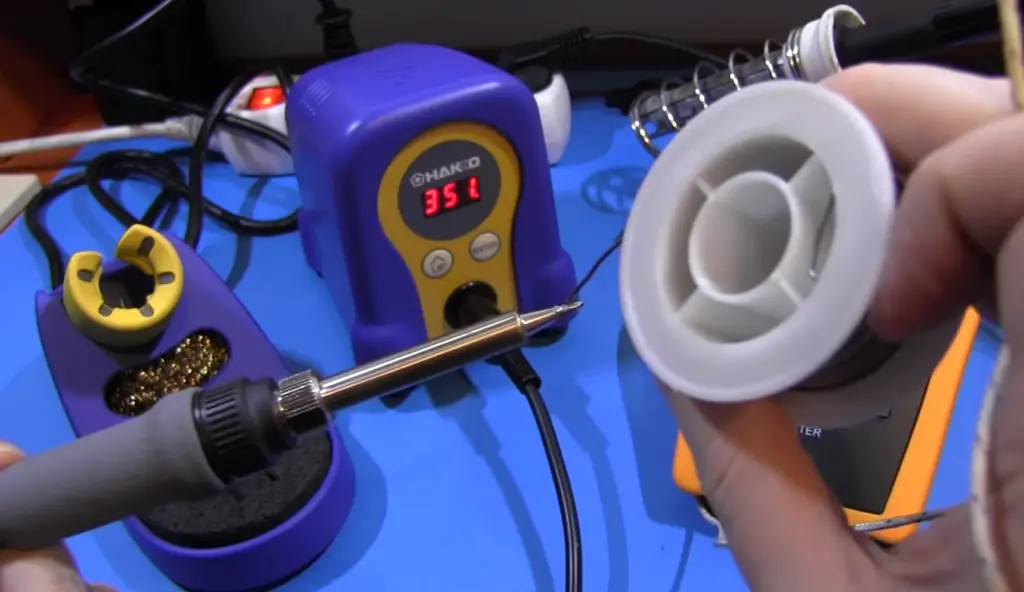
FAQ
How long do Hakko tips last?
Typically, Hakko tips can last for hundreds of hours of use. However, this depends on the care and maintenance given to the tips.
What is the best way to clean my Hakko soldering tip?
Using a damp sponge or brass wool is the preferred method for cleaning Hakko tips. Avoid harsh chemicals as these can damage the tip’s surface.
Can I use other brands’ tips with my Hakko soldering station?
It is not recommended to use tips from other brands with your Hakko soldering station as they may not be compatible and could cause damage to both the tip and the station itself. Stick with using genuine Hakko tips for the best results.
What is the proper way to store my Hakko soldering tips?
Ideally, Hakko tips should be stored in a dry environment at room temperature. They should also be securely placed in their designated holders to prevent them from getting damaged or bent.
How do you keep a soldering iron tip from oxidizing?
To prevent oxidation, it is important to regularly clean and properly store your Hakko soldering tips as mentioned above. Additionally, using a tip-tinner and cleaner solution can also help maintain the tip’s surface.
Are copper soldering tips better?
Some soldering professionals argue that copper tips are better because they offer better heat transfer, resulting in faster and more efficient soldering. However, others argue that it doesn’t make much of a difference as long as the tip is well-maintained. Ultimately, it comes down to personal preference.
How often should I replace my soldering tip?
Ideally, your soldering tip should be replaced whenever it becomes worn or contaminated. Contamination can occur from not properly cleaning the tip after each use or using the wrong type of solder. As for wear, if the tip begins to lose its shape or form an uneven surface, it’s time for a replacement.
Do soldering tips wear out?
Yes, soldering tips do wear out over time. This can happen due to a buildup of solder on the tip or improper use and storage. To prolong the life of your soldering tip, regularly clean it with a damp sponge and properly store it in a stand when not in use.
Additionally, using the correct temperature for your soldering task can also prolong the life of your tip. Using too high of a temperature can result in damage to both the soldering tip and the materials being worked on.
Can you sharpen Hakko soldering iron tips?
Although it may be tempting to try and sharpen your Hakko soldering iron tip, it is not recommended. The thin layers of metal on the tip can easily be damaged or worn away, resulting in inefficient heating and uneven solder application.
Instead, it is best to regularly clean and maintain your soldering iron tip using a damp sponge or brass wool. This will remove any built-up residue and promote better heat transfer for more precise soldering.
Why do some Hakko soldering tips wear out faster than others?
One factor is the material of the tip itself. Copper tips tend to wear out faster than iron-plated or gold-plated tips. Another factor is the temperature at which you are soldering – higher temperatures will cause quicker tip deterioration. Additionally, improper cleaning and maintenance techniques can also lead to a shorter lifespan for your Hakko soldering tips.
Can you clean a soldering tip with sandpaper?
No, you should never clean a soldering tip with sandpaper or any abrasive material. This can damage the tip and affect its ability to properly heat and melt solder. Instead, use a damp sponge or brass wool to clean the tip.
Should I tin my soldering tip before each use?
To tin a soldering iron tip, simply apply some solder to the tip and wipe off the excess with a damp sponge or brass wool.
What is a soldering tip refresher?
Why is it important to regularly refresh your soldering tip?
Regularly refreshing your soldering tip not only helps maintain the shape and effectiveness of the tool but also improves overall efficiency and accuracy in soldering.
How often should you refresh your Hakko soldering tip?
It is recommended to refresh your Hakko soldering tip after every 1-2 hours of use or whenever there is a visible buildup on the tip.
Why is the tip of the soldering iron made of copper?
It also has a high melting point, preventing it from becoming damaged or deformed during use. Additionally, copper tips can easily be shaped and formed to create precise and accurate solder joints.
How do you revive a Hakko soldering tip?
If the soldering tip becomes dull or oxidized, it can be revived by cleaning it with a damp sponge or tip cleaner. It is important to never file or sand the tip, as this can permanently damage its shape and efficiency.
What is the correct temperature for using Hakko soldering tips?
The proper temperature for using Hakko soldering tips will vary depending on the type of solder being used and the materials being joined. Generally, a temperature between 350-400°C is suitable for most soldering applications. It is important to not exceed the maximum temperature rating of the soldering tip to prevent damage or premature wear.
Which type of tip is most used to solder small components?
A chisel or bevel tip is most commonly used for soldering small components, as its angled shape allows for the precise application of heat to small joints. However, other types of tips such as conical or fine-point can also be used depending on the specific needs of the project. It is important to choose the appropriate size and shape of the tip to ensure efficient and successful soldering.
What are the best Hakko soldering iron tips made of?
The best soldering iron tips are typically made of high-grade iron or copper, and coated with a layer of chrome or nickel for added durability.
How do you remove rust from a soldering tip?
One common method is to use a tip cleaner, which is a small block of abrasive material that can be used to remove rust and buildup from the tip. Alternatively, you can also use fine sandpaper or steel wool. It’s important to make sure the tip is clean before soldering in order to ensure a proper connection.
Another way to prevent rust on your soldering tip is by properly maintaining it after each use. This includes wiping off excess solder and using a damp sponge to clean the tip. You should also periodically apply a protective coating such as a solder Tip Tinner and Cleaner.
How do you remove carbon from a soldering iron?
One way is to use a brass wire brush or steel wool to scrub off the carbon buildup. Another method is to apply solder onto the tip and then wipe it clean with a damp sponge. It’s important to keep the soldering iron tip clean in order to ensure proper heat transfer and optimal performance.
Are all Hakko tips compatible?
No, it’s important to check the compatibility of the tip with your specific soldering iron model. The wrong tip can cause damage to your equipment and potentially lead to safety hazards.
What temperature should I set my soldering iron to?
This will depend on the type of solder and job at hand. Generally, a soldering iron should be set between 350-400 degrees Fahrenheit for electronics work. However, some jobs may require higher or lower temperatures. It’s best to consult the instructions for your specific project and equipment.
What is “tinning” a soldering tip?
This should be done regularly to maintain the health of your soldering iron tip.
What is the proper technique for soldering?
There are several steps to the proper soldering technique. First, apply heat to the joint and not the solder itself. Then, touch the solder to the heated joint until it melts and flows smoothly. Finally, remove the heat and allow the joint to cool before inspecting your work.
Always make sure to follow safety precautions such as wearing eye protection and avoiding contact with hot surfaces. Additionally, keep your workspace clean and organized to prevent accidents and ensure successful results.
Useful Video: Soldering Tip Cleaning
References
- https://www.hakko.com/english/support/maintenance/detail.php
- https://www.wnie.online/hakko-tech-tips-how-to-best-maintain-your-soldering-tips-and-equipment/
- https://hakkousa.com/whats-new/selecting-a-soldering-tip-or-desoldering-nozzle.html
- https://www.wnie.online/hakko-tech-tips-how-to-select-the-best-soldering-tip-for-your-application/
- https://www.instructables.com/Uses-of-Different-Soldering-Iron-Tips/
- https://www.electronicshub.org/soldering-iron-tip/
- https://www.wnie.online/hakko-tech-tips-how-to-select-the-best-soldering-tip-for-your-application/
- https://www.instructables.com/Uses-of-Different-Soldering-Iron-Tips/
- https://www.electronicshub.org/soldering-iron-tip/





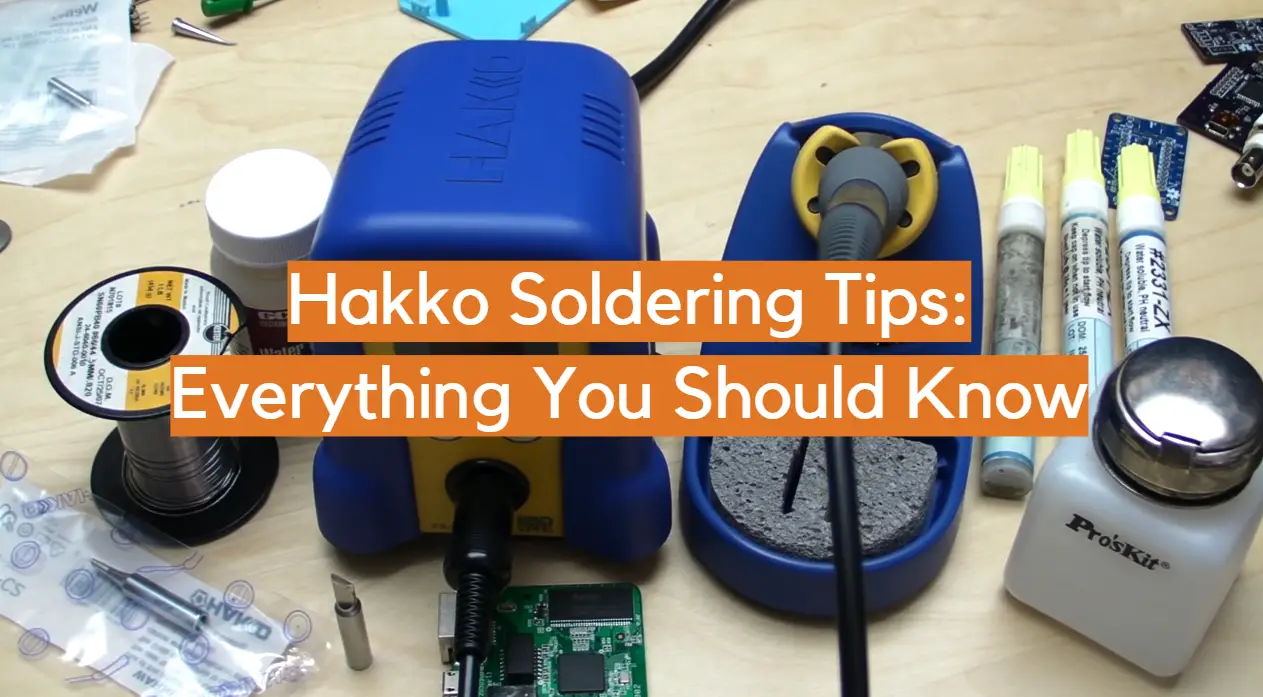




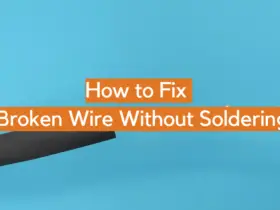

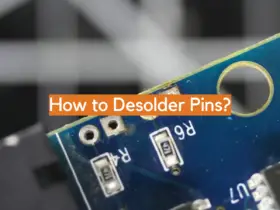
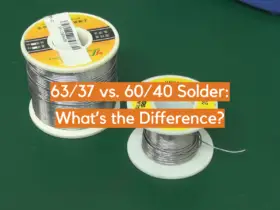
Leave a Reply